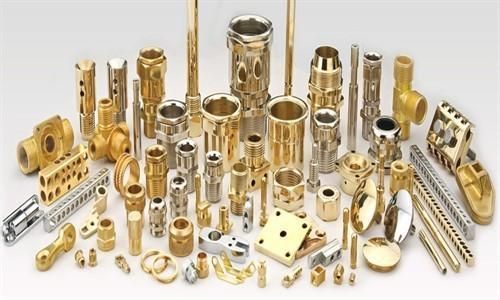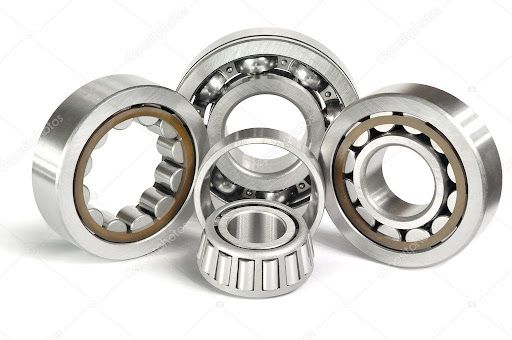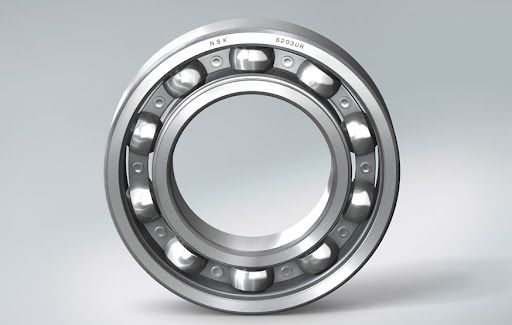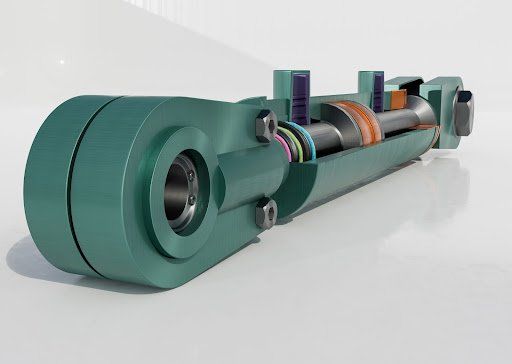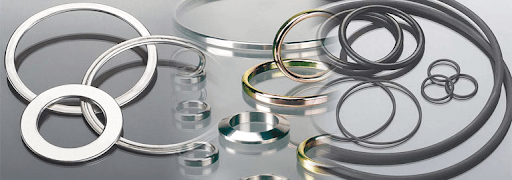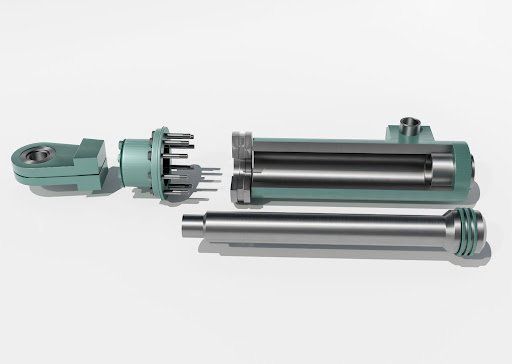Troubleshooting automotive air conditioning
Troubleshooting automotive air conditioning
There are two basic types of automotive air conditioning systems: one uses an expansion valve to remove pressure from the liquid refrigerant while the other uses an orifice tube.
How an A/C system works
The compressor pumps low temperature refrigerant gas and compresses it into a high pressure, high temperature gas. The refrigerant is sent to the condenser in front of the radiator, where the condenser removes some of the heat via the ambient air passing through its fins, causing the refrigerant to change from a hot gas to a warm liquid.
In an expansion valve A/C system, the warm liquid moves through a receiver-drier, which removes moisture to maximise the efficiency of the refrigerant’s heat exchange capability. Then the refrigerant is passed through the expansion valve, which has a sensing line attached to the suction of the A/C compressor, allowing it to maintain pressure.
In an orifice tube system, the warm liquid refrigerant passes directly from the condenser to the orifice tube. The orifice tube system maintains the pressure at the suction of the A/C compressor using a clutch to cycle the compressor on and off. The expansion of the warm liquid through the expansion valve or orifice tube causes a pressure drop, and therefore a temperature drop.
Air from the passenger's compartment then passes across one side of the coils in an evaporator, and the low temperature liquid refrigerant passes through the other side. Heat is removed from the air in the passenger’s compartment by the refrigerant and returned to the A/C compressor suction as a low temperature gas.
In the orifice tube system, an accumulator located between the evaporator and the A/C compressor suction has moisture removal desiccant like the receiver-drier used in the expansion valve system. However, it also collects any un-evaporated refrigerant to prevent liquid lock of the compressor.
Common A/C problems and possible solutions
Symptom: Low compressor discharge pressure
Leak in system (repair), defective expansion valve (replace), suction valve closed (open), freon shortage (add freon), plugged receiver drier (replace drier), compressor suction valve leaking (replace), bad reed valves in compressor (replace).
Symptom: High compressor discharge pressure
Air in system (recharge system), clogged condenser (clean condenser), discharge valve closed (open), overcharged system (remove some refrigerant), insufficient condenser air (install large fan), loose fan belt (tighten), condenser not centred on fan or too far from radiator (centre and check distance).
Symptom: Low suction pressure
Refrigerant shortage (add refrigerant), worn compressor piston (replace compressor), compressor head gasket leaking (replace head gasket), kinked or flattened hose (replace), compressor suction valve leaking (replace hose), moisture in system (replace drier), trash in expansion valve or screen (replace drier).
Symptom: High suction pressure
Loose expansion valve (tighten), overcharged system (remove some refrigerant), expansion valve stuck open (replace), bad compressor reed valves (replace), leaking head gasket on compressor (replace head gasket).
Symptom: Compressor not working
Broken belt (replace), broken clutch wire or no 12v power (repair wire or check for power), broken compression piston (replace compressor), bad thermostat (replace), bad clutch coil (replace), low refrigerant (add refrigerant).
For more information on automotive air conditioning systems and help on how to troubleshoot,
contact the Bearing Centre team.

